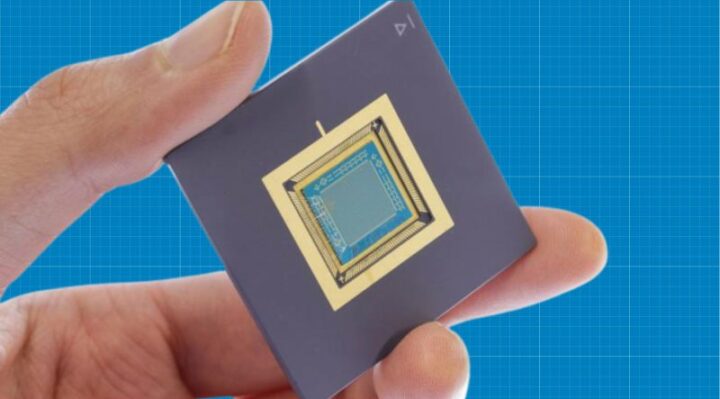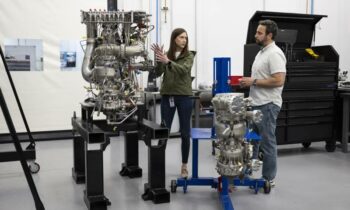
Using an internet remote platform, scientists may now conduct biological neuron tests for the first time. The Neuroplatform project, which was introduced by the Swiss biocomputing business FinalSpark, employs 16 human brain organoids to create what are referred regarded as the “world’s first living processors,” or bioprocessors.
These bioprocessors can learn and process data much like conventional processors, but they use a million times less energy.
How Does Wetware Computing Work?
Wetware computing, which combines hardware, software, and biology, is the umbrella term for this study. Wet software, or the instructions found in DNA, is the source of the word “wetware,” which describes the software found in living things. Organoid intelligence, which is related to wetware computing, is the study of biological computing with three-dimensional cultures of human brain cells.
Since FinalSpark’s study employs living neurons for computation, it bridges the gap between wetware computing and organoid intelligence. Even though the idea is similar to the way artificial neural networks (ANNs) are employed in computers today, different techniques are needed for these biological systems.
The Hardware Architecture of Neuroplatform
Hardware is required for FinalSpark’s remote biocomputing platform in order to maintain homeostasis, track environmental variables, and carry out electrophysiological tests. Python scripts or a graphical user interface (GUI) can be used by users to communicate with the hardware.
Examining the technology in more detail, FinalSpark’s Neuroplatform system records measures of cellular activity in real time using four multi-electrode arrays (MEA). Additionally, electrodes that record and trigger electrical activity amongst one another are included. To maintain the survival of organoids on the MEA, Neuronal Medium is supplied by a closed-loop microfluidics system.
Every MEA on the platform has a camera that can be used to record videos or take still photos. Lastly, Neuroplatform releases molecules with a particular light wavelength that ruptures molecular cages when they include a neuroactive molecule by use of UV light-controlled caging devices.
While the materials used in FinalSpark’s Neuroplatform are different from those used in traditional computing, many ideas are shared by both.
Transistors and Electrodes
Transistors, a basic component of conventional processors, and electrodes in FinalSpark’s Neuroplatform are both used to communicate electrical signals. Transistors in processors generate binary data by turning on and off, but electrodes in the MEA system detect and generate electrical activity in biological materials.
Measuring and Processing Data
In the same way as processors analyze data in real time, the MEA system is able to measure and record cellular activity in real time. Both systems collect, analyze, and possibly even act upon data.
Microfluidics and Systems for Cooling
The cooling mechanisms found in conventional processors are akin to the closed-loop microfluidics technology used to maintain organoids. For each of their respective computational hosts to continue working at peak efficiency, both systems are necessary.
Cameras and Checking Instruments
The Neuroplatform system’s cameras record pictures or videos, which are comparable to the way computer processor performance is tracked by monitoring software when used as a diagnostic tool. The usage of electrical impulses and real-time data processing capabilities are two areas where FinalSpark’s Neuroplatform and conventional digital processors are comparable, but their design, function, and working methods are different.
The possibility for sustainability and lower power usage that separates bioprocessors from digital processors is one of their most notable differences. A single LLM like GPT-3 needs 10 GWh, which is 6,000 times more than the annual consumption of a European citizen. In contrast, the human brain uses only 20 W of power to function, with over 86 billion neurons. This implies that bioprocessors may eventually serve as a viable substitute for artificial neural networks (ANNs).
No Cost to Academic Pursuits
For research purposes, Neuroplatform is available without charge. As a result, participants can carry out experiments on biological networks in real time and duplicate the findings in their own laboratory. Though the company is in the process of scaling its hardware to accommodate more users, FinalSpark’s infrastructure now only allows seven research groups to use the platform at once. It’s unclear how scalable a system like that would be for thousands or even hundreds of individuals.



